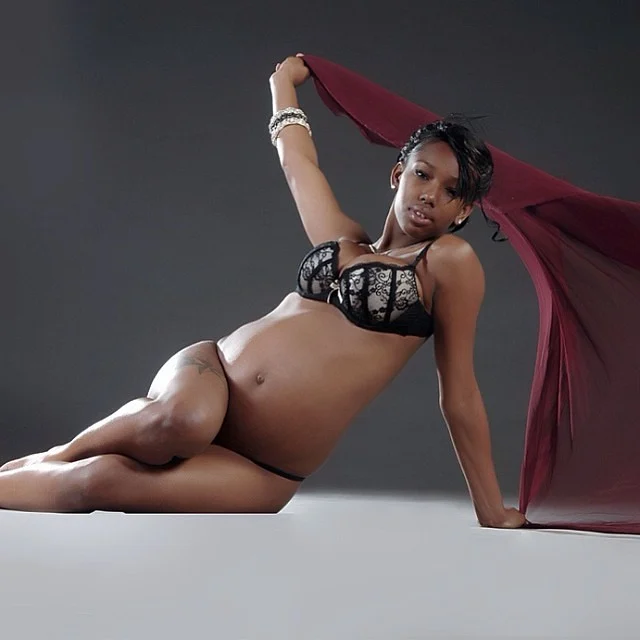Father’s Day is no longer a holiday I celebrate with my dad. Not because he has passed away—far from it. My biological father is very much alive, but she now lives as a woman. To clarify: the person whose sperm contributed to my existence is now embracing her identity as a woman. Yes, the transition includes physical changes, makeup, and a new wardrobe.
Did that catch you off guard? I wish it didn’t. I long for a world where everyone is accepted, regardless of how we define ourselves. A world where transformation and self-expression are met with open arms, without hesitation or judgment. However, I understand that for many, this concept can be challenging to grasp if they haven’t faced a similar situation. Just as my father took years to understand her own identity, I needed time to come to terms with her transition.
I found out about my father’s gender identity when I was in my mid-twenties. My then-new husband and I visited my parents during the holidays. Early on that day, my father asked if we could talk privately. My heart raced with worry—was it bad news about his health?
When we were alone, he got straight to the point: “There’s a woman inside of me, and I cross-dress sometimes to let her out.” My mind was racing. I had expected to hear about cancer or treatment options, not this. I was momentarily speechless, my jaw hanging open in surprise.
Fortunately, my husband jumped in, saying, “Richard, we love you no matter who you are.” My internal voice was shouting, “YES! Exactly!” while I sheepishly asked, “Do you have any pictures?” My dad, who now goes by the name Jamie, smiled and shared her journey with us, understanding that I was trying to communicate my acceptance.
Accepting Jamie was easier for me than processing my feelings of loss. I sought the help of a therapist to navigate the complex emotions that accompanied this transition. I learned that grief and acceptance can coexist. I mourned the father I thought I knew—the grandfather my children would miss—while simultaneously welcoming her new identity.
Jamie likened her transition to updating computer hardware and software—while the exterior was changing, the core personality remained the same. This analogy resonates with many, and it sheds light on the importance of character over appearance. Jamie is a compassionate and loving person, and that’s what truly matters.
Sadly, it can be discouraging to see how others struggle to understand Jamie’s transition. There are friends I avoid discussing this with, fearing they won’t accept it. Thankfully, children are often more open-minded. My daughter, when she was a preschooler, once asked about her family tree. When I explained Jamie’s transition, she paused, then said, “How sad. You don’t have a dad. But I love Grandma Jamie, and I’m happy to have her.”
Her understanding captured the essence of what this journey means: both sadness and joy can coexist, and love triumphs over confusion. Jamie has become who she was always meant to be, and for that, I am truly happy. Just because I no longer have a father doesn’t mean I lack a parent. I have a transgender parent, and that’s something to celebrate every day.
It can be challenging to find the right time to acknowledge my transgender parent. Father’s Day feels inappropriate, and Mother’s Day doesn’t resonate either, as Jamie prefers not to be called “mother.” However, I’ve realized that I don’t need a specific holiday to appreciate her. The love and connection we share can be honored every day.
For more insights on navigating family dynamics and embracing loved ones, check out this post on embracing transitions. If you’re considering at-home insemination, you can find trusted products at Make a Mom, a reliable source for insemination kits. And for questions about fertility and insurance, visit UCSF’s resources.
In summary, embracing a transgender parent can be a complex journey filled with both loss and love. Understanding and acceptance can grow over time, allowing for a deeper connection regardless of labels.

Leave a Reply